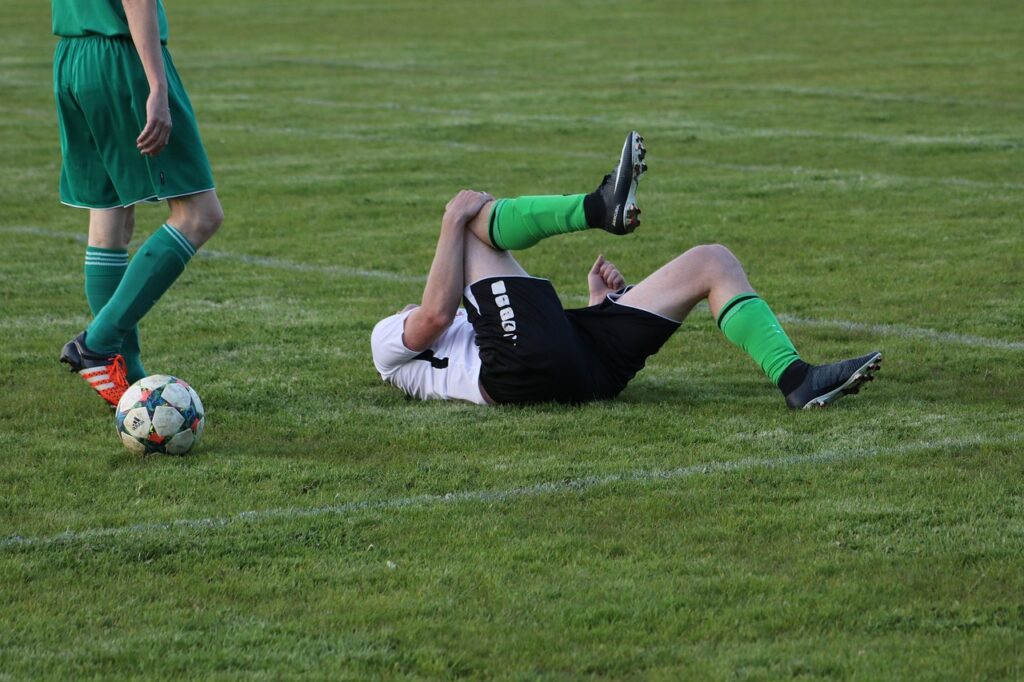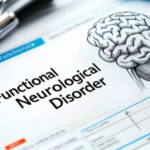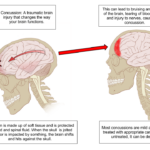Anterior Cruciate Ligament (ACL) Injuries
The anterior cruciate ligament (ACL) is a crucial ligament in the knee, running from the posterior thigh bone (femur) anteriorly to the shin bone (tibia). Ligaments are tough tissues that connect bones, providing stability to the joint. The primary role of the ACL is to prevent the shin bone from sliding out in front of the thigh bone.
What is the Anterior Cruciate Ligament (ACL)?
The ACL is a key ligament in the knee joint, providing stability and support during movements such as running, jumping, and pivoting. It plays a crucial role in preventing excessive forward movement of the shin bone relative to the thigh bone.
What are the Risk Factors for ACL Injuries?
ACL injuries are among the most common sports-related knee injuries, often occurring during activities that involve sudden stops, changes in direction, or direct impact to the knee. Some common risk factors for ACL injuries include:
- Plant and Pivot Movements: Twisting or pivoting motions, especially when the foot is firmly planted on the ground, can place excessive stress on the ACL and increase the risk of injury.
- Hyperextension: Overextending the knee beyond its normal range of motion can strain or tear the ACL.
- Contact Sports: Athletes participating in sports such as football, soccer, basketball, and skiing are at higher risk of ACL injuries due to the physical demands and potential for contact with other players or objects.
- Muscle Imbalances: Weakness or imbalance in the muscles surrounding the knee joint can increase the risk of ACL injuries by placing additional stress on the ligament.
Symptoms of ACL Injuries
The signs and symptoms of an ACL injury may include:
- Audible “Popping” Sound: Many individuals report hearing or feeling a popping sensation at the time of the injury.
- Tenderness: The affected knee may be tender to the touch, with varying degrees of pain depending on the severity of the injury.
- Swelling: Swelling around the knee joint is common following an ACL injury and may develop rapidly.
- Decreased Range of Motion: The injured knee may feel stiff, and there may be limitations in the ability to fully bend or straighten the knee.
- Joint Instability: Some individuals may experience a feeling of instability or “giving way” in the knee, particularly during weight-bearing activities.
Treatment Options for ACL Injuries
Treatment for ACL injuries may vary depending on the severity of the injury and individual circumstances. Some common treatment options include:
- RICE Protocol: Rest, Ice, Compression, and Elevation can help reduce pain and swelling in the acute phase of injury.
- Pain Management: Over-the-counter anti-inflammatory medications may be used to manage pain and discomfort.
- Exercise Rehabilitation: Physical therapy focusing on strengthening the muscles around the knee, improving range of motion, and restoring stability can facilitate recovery.
- Immobilization: In some cases, bracing or immobilization of the knee may be recommended to protect the injured ligament and promote healing.
- Surgical Intervention: Complete tears or ACL injuries accompanied by damage to other knee structures may require surgical repair or reconstruction to restore stability and function to the knee joint.
Prevention Strategies
Preventing ACL injuries involves addressing modifiable risk factors and implementing preventive measures. Some strategies to reduce the risk of ACL injuries include:
- Muscle Balance Training: Identifying and correcting muscle imbalances through targeted exercises can help reduce stress on the ACL and lower the risk of injury.
- Movement Evaluations: Assessing movement patterns and biomechanics can help identify potential risk factors for ACL injuries, allowing for targeted interventions to address these issues.
- Education: Educating athletes, coaches, and healthcare professionals about proper training techniques, injury prevention strategies, and early recognition of injury signs can help reduce the incidence of ACL injuries.
ACL injuries are common sports-related injuries that can have significant consequences for athletes and individuals of all ages. Understanding the risk factors, symptoms, and treatment options for ACL injuries is essential for effective management and prevention. By implementing preventive measures, addressing muscle imbalances, and seeking prompt medical attention when needed, individuals can reduce their risk of ACL injuries and optimize their overall knee health and function.






